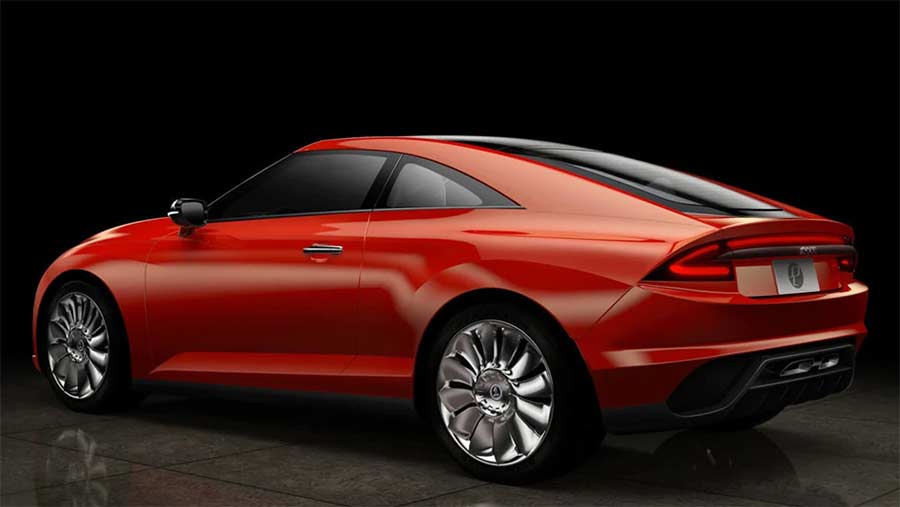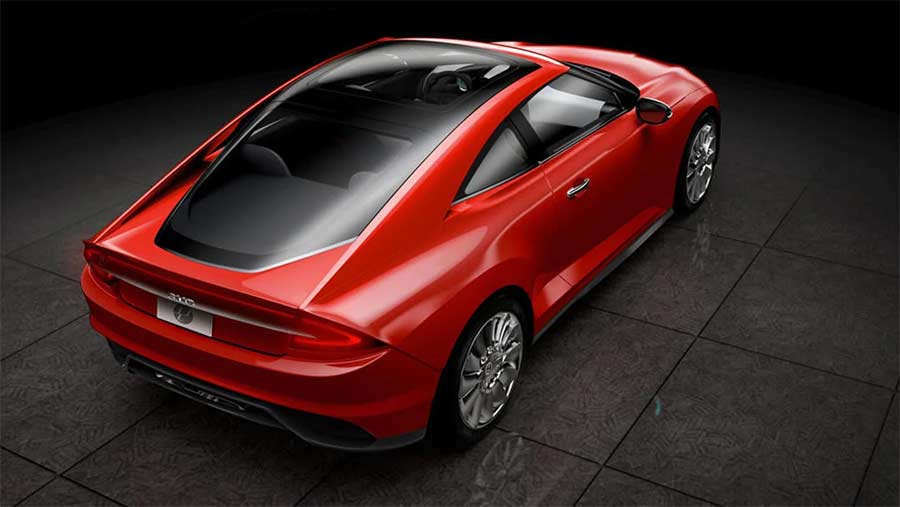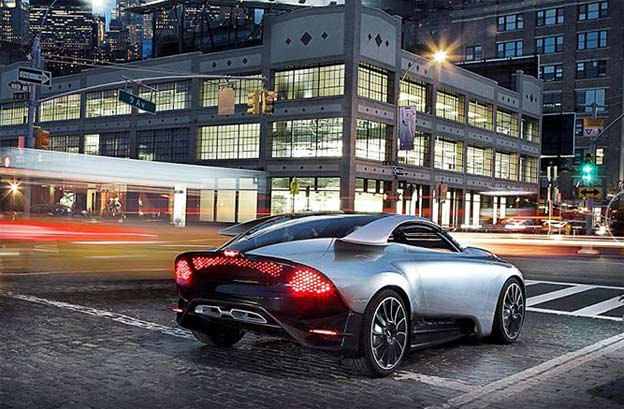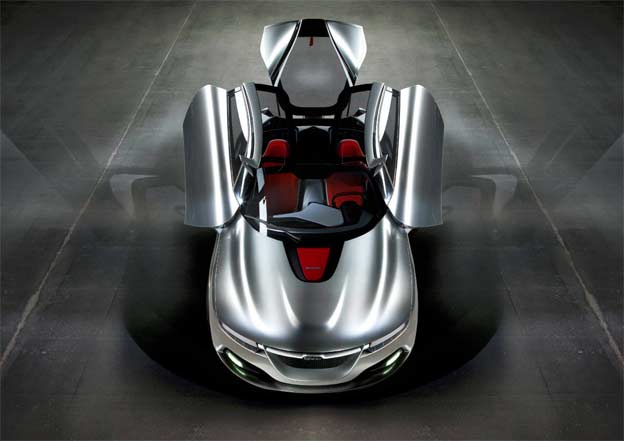For auto enthusiasts around the world, the name Saab conjures images of innovation, safety, and a unique design philosophy that set the brand apart from its competitors. Recently, the British magazine EVO revisited the story of Saab’s ambitious PhoeniX concept, shedding light on what could have been a game-changer for the Swedish automaker.
In the following lines, we will delve into EVO’s reflections and offers an enthusiast’s perspective on the highs and lows of Saab’s final chapter.
Table of Contents
The Rise and Fall of Saab: A Brief History
Saab, founded in 1945, quickly gained a reputation for producing cars that prioritized safety and practicality without sacrificing style. Over the decades, models like the Saab 900 and the Saab 9-5 became symbols of reliability and distinctive Scandinavian design. However, the company’s fortunes began to wane in the early 2000s under the ownership of General Motors (GM), which acquired a 50% stake in 1990 and took full control in 2000.
By 2009, GM decided to divest itself of Saab, leading to a series of tumultuous events that would ultimately seal the brand’s fate. After failed acquisition attempts by Koenigsegg and a consortium involving Bernie Ecclestone, Dutch sports car manufacturer Spyker stepped in to rescue Saab in 2010. This marked the beginning of an ambitious revival plan, spearheaded by the development of the PhoeniX platform.

The PhoeniX Concept: A Beacon of Hope
In March 2011, Saab unveiled the PhoeniX concept at the Geneva Motor Show. Designed by former Pininfarina designer Jason Castriota, the PhoeniX embodied a new design language called “aeromotional,” combining aerodynamic efficiency with emotional appeal. The concept car featured a 1.6-liter turbocharged engine from BMW paired with an electric motor, creating a hybrid system that promised both performance and efficiency.
The PhoeniX platform was intended to underpin a new generation of Saabs, starting with the 9-3 and expanding to include a range of models. Among the most exciting prospects was a two-door coupe that would revive the Sonett name from Saab’s storied past. With up to 400 horsepower on tap, this hybrid sports car was poised to challenge the likes of the Audi TT and BMW Z4.

The Harsh Realities of Revival
Despite the promising vision, Saab’s financial struggles cast a long shadow over the PhoeniX project. As the company fought to stay afloat, reports emerged of unpaid suppliers and frantic attempts to secure new partnerships, eerily reminiscent of MG Rover’s final days. In December 2011, Saab filed for bankruptcy, bringing the PhoeniX project to a halt.
Efforts to salvage the PhoeniX platform continued even after Saab’s bankruptcy. The company’s assets were acquired by a Chinese consortium called National Electric Vehicle Sweden (NEVS), which announced plans to produce electric vehicles based on the PhoeniX platform. However, these plans have yet to materialize, leaving the PhoeniX concept as a tantalizing “what if” in automotive history.
The Enthusiast’s Lament
For Saab enthusiasts, the story of the PhoeniX is a bittersweet reminder of the brand’s unfulfilled potential. The concept’s advanced hybrid system and striking design hinted at a bright future that was never realized. Commenters on EVO’s article expressed a range of emotions, from nostalgia to frustration.
Kristian Thomas lamented the loss of a manufacturer that prioritized safety over profits, while Tony Argent and Walter Hibbert admired the PhoeniX’s elegant design and called for Saab’s revival. Others, like Pete Johnson and Mike Nygren-Weaver, noted the practical challenges Saab faced under GM’s ownership, including underpowered engines and high prices.

Reflections on Saab’s Legacy
The PhoeniX concept’s story underscores the challenges and triumphs that defined Saab’s journey. While the brand’s unique approach to car design and engineering earned it a dedicated following, financial instability and strategic missteps ultimately led to its demise. Yet, the PhoeniX remains a testament to Saab’s innovative spirit and its ability to inspire passion among car enthusiasts.
As we reflect on Saab’s legacy, it’s important to remember the brand’s contributions to automotive safety and design. From the introduction of the first turbocharged engine in a production car to pioneering advances in crash safety, Saab’s impact on the industry is undeniable. The PhoeniX concept, though never realized, serves as a poignant symbol of what could have been—a final flourish of innovation from a company that always dared to be different.

The Enduring Appeal of Saab
The story of Saab and the PhoeniX concept is a compelling chapter in automotive history. It highlights the brand’s resilience, creativity, and the enduring loyalty of its fans. While Saab may no longer produce new cars, its legacy lives on in the hearts of enthusiasts and in the innovative designs that continue to influence the industry.

For those who cherish the memory of Saab, the PhoeniX represents both a lost opportunity and a lasting inspiration. It’s a reminder that even in the face of insurmountable challenges, the drive to innovate and push boundaries can leave an indelible mark. As we look to the future, the spirit of Saab will undoubtedly continue to inspire those who value originality and excellence in automotive design.












Old saab 93 convertable as scrap..?
This looks like a serious car should be built especially as a 5 door hatchback
Saab is dead. saab went bankrupt. the saab brand may not be used. dead and buried.
saab will always come back. from the grave.
JUST BEAUTIFUL I LOVE THESE CARS WELL BUILT LIKE NOW OTHER A CLASS BY ITSELF…SAAB IS BACK…LOOK OUT 2025
First type Volvo S60 2001 line in this SAAB Create model
Maybe SAAB car is history. Bad business for small car producers of standard cars.
Pretty trite design. Would defy the meaning of Saab. Good it’s never been put in production.
Note: Saab died not when it made “strange and quirky” cars. It died when JM forced it to become Opel.
consept consept why don’t you build them
Prachtige wagens maar in de grond geboord door G..
Opel- looks, good it never was made.
Ja und die Chinesen haben nicht nur die Sicherheitstechnik übernommen sondern auch das Styling schaut euch den BYD Seal an
Das alles hat Europa leider verschenkt 😟
Bumper sticker in Sweden, “SAAB; Born from jets, Killed by A$$ holes.”
I think only Saab models that good looking is 93 Aero sport sedan and convertible starting 2006 upwards the V6 2.8 litre engine and the last model of the 95 2011 .